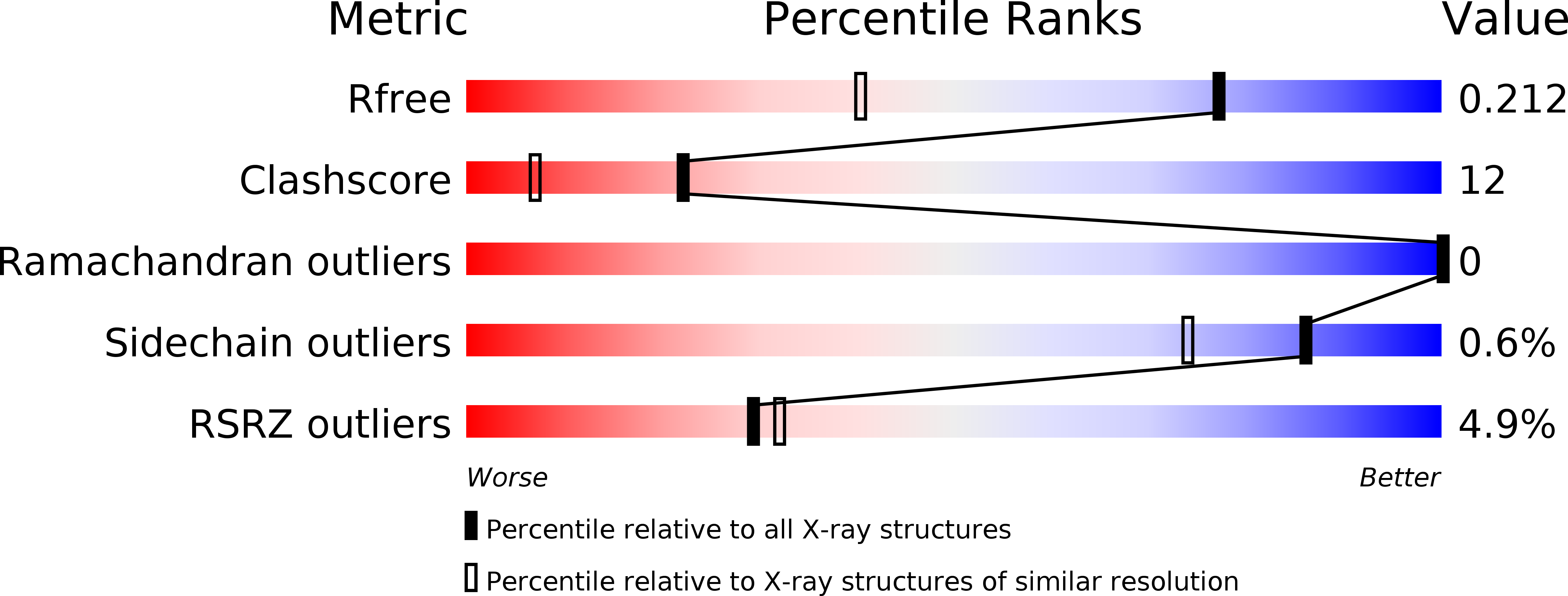
Deposition Date
2015-03-17
Release Date
2015-04-08
Last Version Date
2024-11-06
Entry Detail
PDB ID:
4YTD
Keywords:
Title:
Crystal structure of the C-terminal Coiled Coil of mouse Bicaudal D1
Biological Source:
Source Organism:
Mus musculus (Taxon ID: 10090)
Host Organism:
Method Details:
Experimental Method:
Resolution:
1.50 Å
R-Value Free:
0.20
R-Value Work:
0.17
R-Value Observed:
0.17
Space Group:
C 1 2 1


